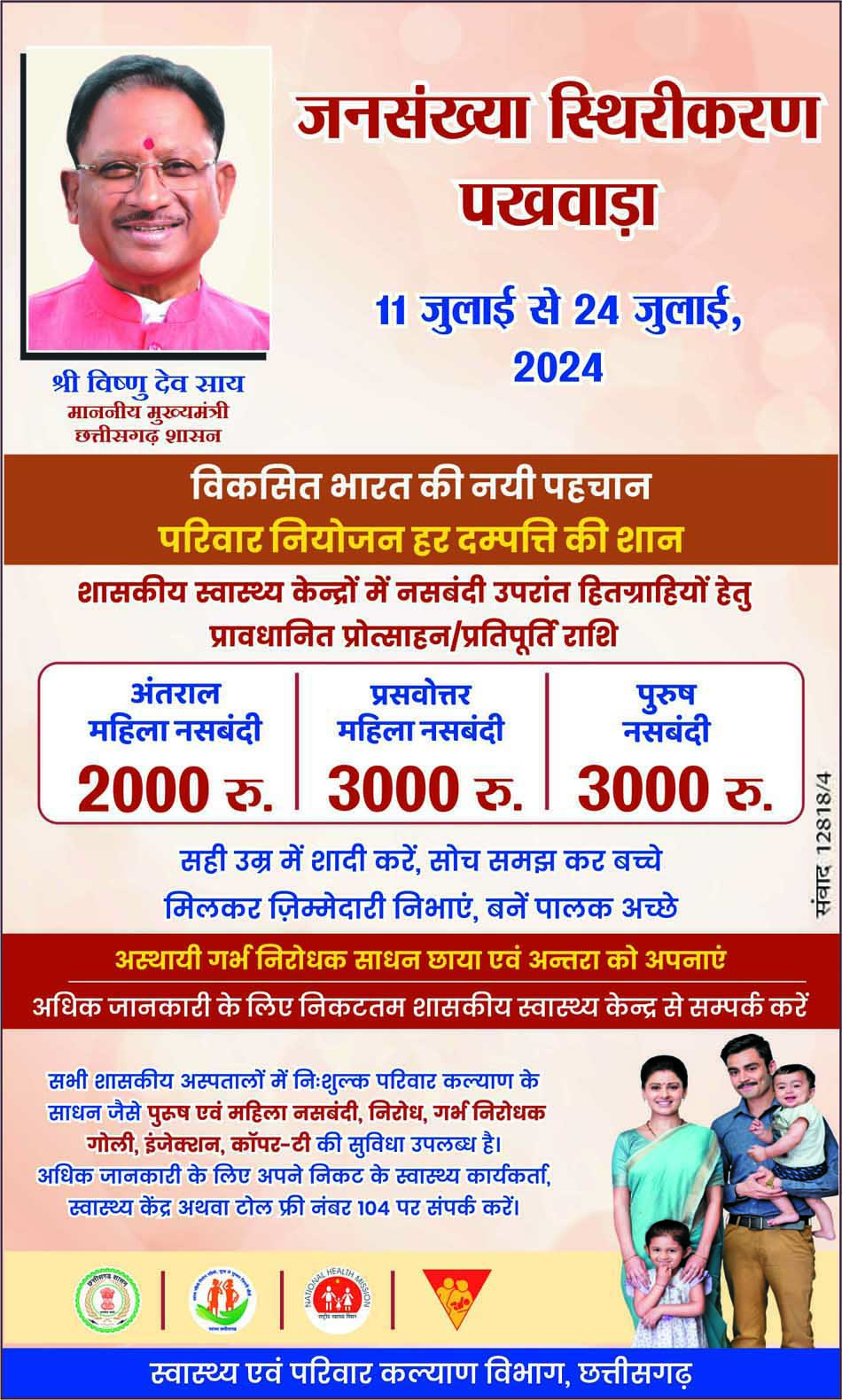संपादक की पसंद
.jpg)
SUNITA NARAIN
Waste-Wise Cities: Best practices in municipal solid waste management
NDIA IS rapidly evolving its policies to deal with garbage—the waste generated from the use of materi- als at homes, institutions and factories. The evolution
must now reflect in our actions. Our “waste” must become a resource—to be reworked, reused and upcycled. This will minimise the use of materials in our world and mitigate environmental damage. It’s a win-win solution.
We know that the “nature” of solid waste changes as societies get richer and urbanise. Instead of biodegradable (wet) waste, households generate more plastic, paper, metal and other non-biodegradable (dry) waste. The quantity of waste generated on per capita basis also increases. Many of the country’s urban areas are already on the trajectory where waste generation has risen exponentially.
In 2000, when the first Municipal Solid Wastes Rules were notified they were based on the idea—prevalent in most countries—that waste had to be collected, transport- ed and then disposed of in secure landfill sites. The objective was to “clean” cities by removing waste from our vicinity. But this policy failed to reflect in practice and the scourge of garbage grew in our cities. What could not be collected or transported because of paucity of municipal services fouled up our neighbourhoods. What was collected got dumped and is today visible as “mountains” of shame.
Over the past few years there has been a rapid shift in the strategy for waste management in the country.
Today’s policy, the Union government’s flagship Swachh Bharat Mission (sBm) 2.0, focuses on source segregation, processing of waste (wet and dry) and on minimising the waste sent to sanitary landfill sites. According to the guidelines of sBm 2.0, only the inert waste and process rejects, which in no case should exceed 20 per cent of the total waste and are not suitable for either dry or wet waste treatment, can be sent to landfill sites. Therefore, the premise of the guidelines is that cities must become
zero-landfill—they must recover and reprocess all waste. The guidelines stress that waste-to-energy (WtE) projects are financially and operationally viable only with an assured minimum input of 150-200 tonnes per day of
non-recyclable, segregated dry waste of high calorific value. This has also been our learning that WtE plants are not the silver bullets they promise to be—incinerating municipal waste to make energy. It
is critical that the waste sent for incineration and energy generation is of high quality and this requires high level of segregation—best done at source. Without this, the plants work below operational capacity and become defunct.
The guidelines also provide an opportunity to reclaim the 3,000-odd landfill sites where, as per the Central Pollution Control Board (CPCB), some 800 million tonnes of waste is dumped. This will not just free up valuable land, which can be greened and put to suitable use, but also help avert environmental disasters. This requires deliberately designed strategies to reuse the material that is bio-mined from these legacy landfills. Cities must also stop sending new waste to these landfills, otherwise they will get filled up again even while being remediated.
The good news is that India’s solid waste management strategy is now being designed for material recovery and reuse. It is an approach aimed at a truly circular economy. As the strategy demands full reutilisation of materials and no waste, we will learn what we cannot recycle and work towards minimising its use. This will make policy and practice even more environment friendly.
That said, while the policy has evolved, our practice is still to catch up. Source segregation remains our Achilles’ heel—it does not happen at the scale and pace needed.
Even if waste is segregated at the household level, it does not get transported in a segregated manner to processing facilities. In fact, processing happens incidentally, only because there are people who need our waste for their livelihoods—ragpickers, as we call them. City managers are still working through the different options for process- ing this waste and to manage it effectively to generate revenue. Worse, plastic waste—particularly much of the packaging waste—is growing and filling our cities. We still do not acknowledge that much of the “plastic” we use cannot be recycled and so needs to be phased out. The current policy on “single-use” plastics—where certain products have been identified for eventual elimination—is just not good enough to deal with this gigantic problem.
We are in an exciting phase of development, where city managers and leaders are reworking waste strategies.
The Centre for Science and Environment has partnered with the Niti Aayog to document the best practices of “waste-wise” cities as a textbook of new learning and teaching. It is what needs to be practised, and at scale. This is a real opportunity for change. DTE





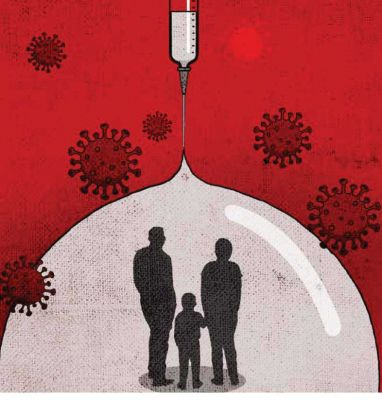


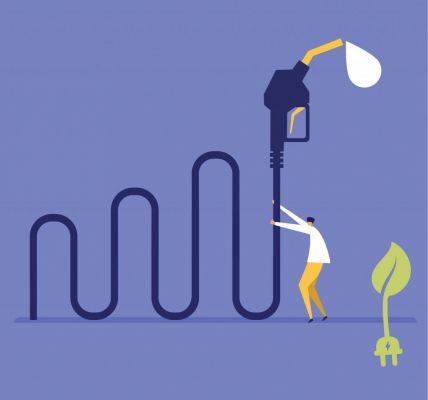

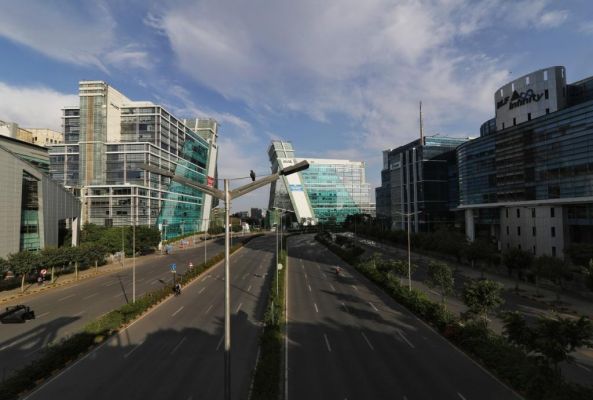
.jpg)
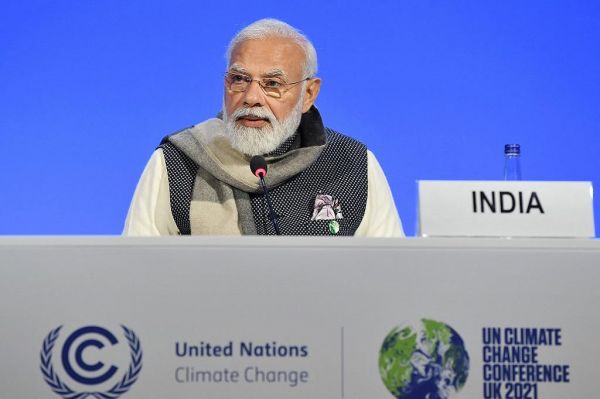

.jpg)





















